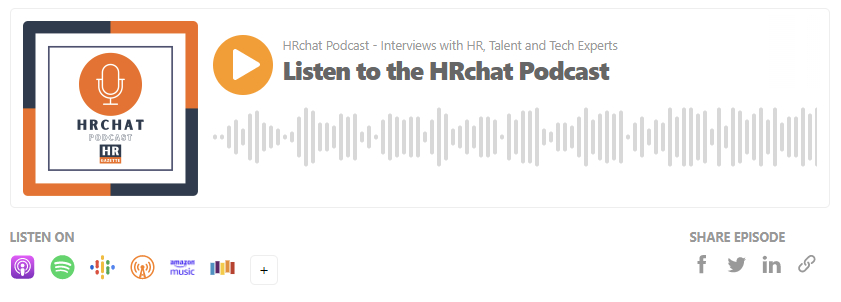
My guest in HRchat episode 724 is Christopher Morrison, co-founder of TeamDynamics, a platform that bridges the gap between individual-focused assessments and the collaborative nature of modern workplaces – driving transformative change in how teams function and thrive.
Christopher has a background in leadership at technology startups and management consulting. His experience building a successful Silicon Valley startup from its Series A through to IPO, coupled with his time helping C-suite executives at McKinsey, highlighted the need for a robust analysis of how modern teams actually work, as well as the shortcomings of traditional personality tests that are too frequently administered in a professional environment. These realizations spurred the creation of TeamDynamics.
Questions for Christopher include:
- Can you share the inspiration behind founding TeamDynamics and how your experience building a successful startup from Series A to IPO, plus your time at McKinsey, influenced the company’s mission?
- TeamDynamics is based on four core dimensions of team interaction: communicating, processing, deciding, and executing. Can you elaborate on these dimensions and how they collectively define how teams work?
- How do these dimensions address the gaps left by traditional personality tests?
- You’ve worked with companies across industries, stages, and geographies. What are some of the most surprising things you’ve learned from helping them understand the dynamics of their teams?
- How have organizations implemented the TeamDynamics framework in their team management practices? Can you share any use cases?
- Follow up: What tangible improvements have your clients seen in terms of collaboration and performance? Can you share any metrics?
- With the increasing emphasis on remote and hybrid work, how does TeamDynamics help teams adapt to, and thrive in, these evolving workplace models?
- What advice would you give to HR leaders and managers looking to enhance team dynamics and foster a culture of collaboration within their organizations using the insights and tools provided by tools like TeamDynamics?

